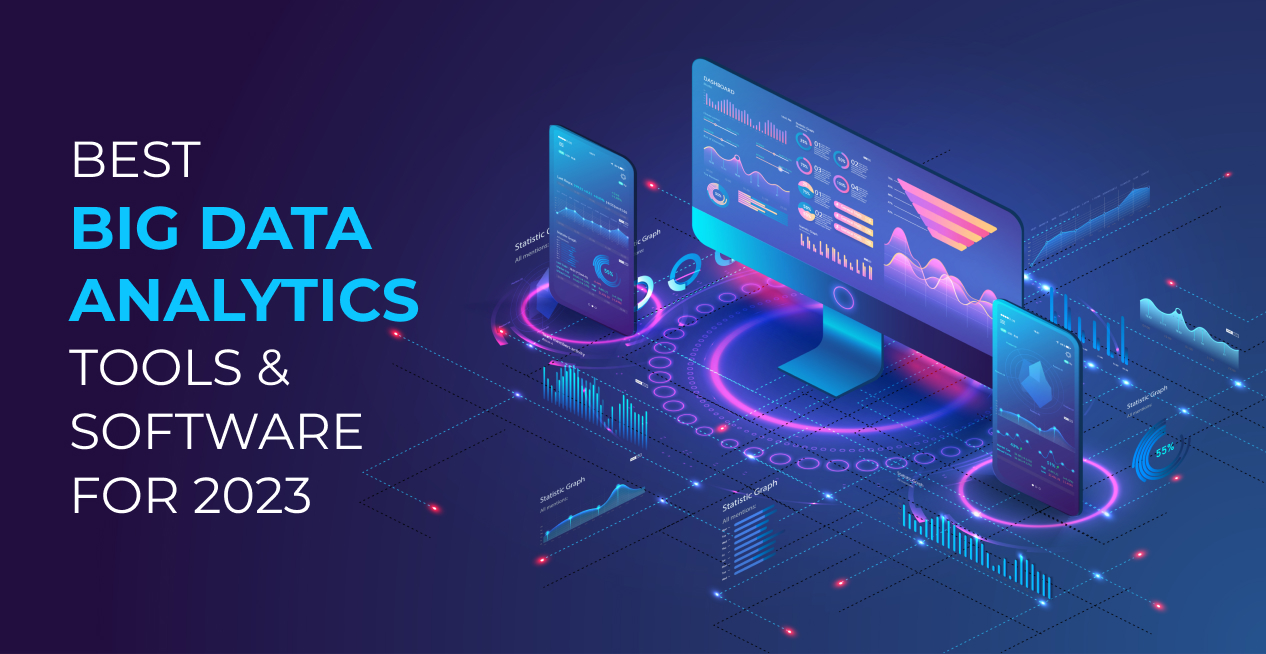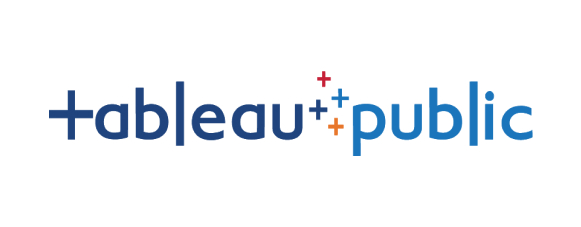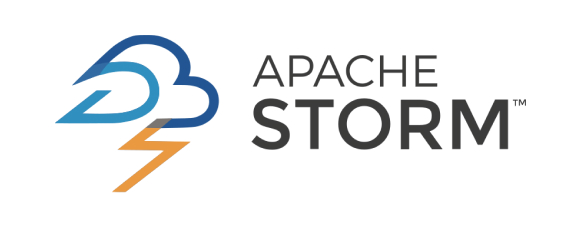Introduction
It is well known that every time a person accesses the internet, there is a very prominent digital trail left behind. Lately, businesses have learnt how to use this digital trail to their advantage. For example, if anyone logs on to amazon and makes a purchase, from card details, to location and preferences, all information is available over the internet very conveniently. All this raw information, patterns and details is collectively called Big Data. Big Data analytics,on the other hand, refers to using this huge amount of data to make informed business decisions. How so? Let us have a look at Big Data Analytics more in detail.
What is Big Data Analytics?
Fundamentally, Big data analytics includes studying and reporting hidden trends, patterns, and correlations in large amounts of raw data which are then used to make data-informed decisions. These processes employ well known analysis techniques — including clustering regression, and apply them to big copious data sets. This blog explains all about Big Data Analytics, its trends, tools and more.
Evolution of Big Data Analytics
Big Data is not a new concept. First observed during World War 2, primarily for war function, data collection and personal computing was seen gaining popularity. Slowly through time, the corporate and general public also realized the value of big data and it started trickling down to use in commercial sectors and finally to the general public until it became a feasible option for everyday customers.
Most compelling benefits of Big Data Analytics for businesses
Here are a few benefits that have popularized use of Big Data analytics in many industries worldwide.
Targeted Marketing
Present day businesses have learnt to optimize their marketing efforts by catering and promoting only to their targeted audiences. Gone are the days when these very same businesses used to burn a hole in their pockets on promotional campaigns. With the help of Big Data, enterprises can identify customer trends of online purchases and POS behavior. They then design their campaigns around customer expectations thus guaranteeing brand loyalty.
Customer Retention
As mentioned earlier, every time a customer visits a site, he is bound to leave a digital footprint. These digital footprints give critical insights on customer preferences, needs, purchase behavior, etc. Businesses gather these insights and tailor their solutions and services according to these metrics. Two very famous examples of companies implementing Big Data in their work processes are Netflix and Amazon. Netflix employs Big Data and makes predictions based on the user’s watch and search history, ratings, preferences and even location. At Amazon, Big Data is used extensively in Supply chain management and optimization by locating the nearest warehouse to its buyer and thus substantially reducing Shipping costs.
Risk Identification
Any corporate environment requires effective risk management solutions in case of potential risks. Big data can play an important role in creating a risk-free corporate environment and developing efficient risk management strategies. How ? Well, Big Data Analytics tools are known to promptly mitigate risks and optimize complex processes making them devoid of unpredictable errors and potential failures.
Innovation
Big data propels new breakthroughs, creative goods, and improved technologies to market while charting innumerable interactions, trends, and inconsistencies occurring inside an industry.
Insights gathered with the help of Big Data Analytics is the key to innovation. By mapping countless patterns in critical data, Big data drives new innovations, state of the art products and enhanced tools to market.
Limitations of Big Data Analytics Tools
Although Big Data Analytics has proven to be beneficial for businesses looking to grow and make a mark, it also has limitations to its usage. Few of them are:
Data Quality and Accuracy
Big Data analytics relies heavily on the quality and accuracy of the data collected. This means, in case of incomplete, inconsistent or error ridden data, results are significantly affected and are not as accurate as one would hope.
High Infrastructure requirements
Management and analysis of Big data requires substantial computing power and extensive storage capabilities to process and analyze large volumes of data. Building and maintaining such an infrastructure is costly and resource-intensive and not feasible for small and medium enterprises.
Data privacy
Big data analytics often involves handling sensitive and confidential data. Ensuring the privacy and security of such data is crucial but challenging. There is a risk of data breaches, unauthorized access, or mishandling of data, which can have severe consequences for organizations and individuals.
Lack of tech talent and adequate skill set
One needs experienced developers and data analysts to extract meaningful insights from big data . These developers should also possess the necessary expertise to navigate through complex analytics tools and algorithms. There is an acute shortage of professionals with these specialized skills, which limits the effective utilization of big data analytics tools.
Best Big Data Tools of 2023
Although Big Data is a boon for businesses, not every business has robust strategies to handle huge volumes of data. This is where Big Data analytical tools come handy. These tools help different companies analyze, detect trends, identify patterns and derive predictable outcomes which favor their business decisions. Here are a few:
Apache Hadoop
Apache’s Hadoop is an efficient Big Data Tool used for handling big data and clustered file systems. It is an open-source framework that supports multiple platforms and is preferred by many corporate giants such as Microsoft, Facebook, Intel etc.
Hadoop delivers on the following benefits :
- Scalability
- Easy accessibility to data
- Hadoop Distributed File System (HDFS) can handle any and every type of data
- Easy Maintenance and updating
However, there are also few challenges of Hadoop one needs to keep in mind. They are:
- Issue with slow processing small files
- Lack real time processing
- Not the best option for iterative processing
Tableau Public
Yet another handy Big Data tool, Tableau Public is useful for garnering insights into ways to visualize the data. Known for having the largest repository of data visualizations to learn from, Tableau Public facilitates Big Data Analytics for businesses.
- State of the art Visualization capabilities
- Huge community
- User friendly designed interface and mobile friendliness
- Ease of use and little to no technical expertise needed
Qubole
Qubole is a pit stop for all data browsing and querying needs of developers. It is a cloud based data analytics platform which offers solutions to businesses for digital transformation, user engagement, data driven products, marketing,
modernization and security intelligence amongst others. Qubole has proven its worth to businesses when it comes to delivering high quality solutions.
Here are a few given advantages of using Qubole
- Fast time to value
- Cross platform support
- 10X improved productivity
- 1:200 operator user ratio
- Lower costs of cloud computing
Storm
Another effective Data Analytics tool to watch out for is Storm. Storm is an open-source big data computation system. With segregated stream processing, enhanced error detection, real time processing and much more, Storm is very beneficial for businesses looking for worthwhile Data analytics tools.
Given below are a few characteristic features that makes it a splendid tools for enterprises:
- Reliable processing of data in real time
- Easily scalable
- Runs at high speed and is fault tolerant
RapidMiner
Another tool which is preferred by developers is Rapid Miner. Rapid Miner is a cross-platform analytics tool which comes inbuilt with integrated tools equipped with predictive analysis, data science, and machine learning. Along with this it has many licenses completely free of cost up till 10,000 data rows and 1 logical processor.
- Rapid Miner’s benefits include:
- Advanced data science algorithms and tools
- Easy integration within APIs and cloud
- Code-optional GUI
Apache SAMOA
Apache Samoa is an open-source tool often used for developing and executing machine learning algorithms on distributed stream processing platforms. SAMOA stands for Scalable Advanced Massive Online Analysis which provides a framework for building machine learning algorithms on distributed streaming .
SAMOA is primarily used in applications where instantaneous analysis is required and decision-making on streaming data is critical. Few examples in applications of fraud detection, sensor analysis, network monitoring and recommendation systems.
Advantages of Apache’s Samoa include :
- True real-time streaming
- Fast and scalableSimple to use
However, there are also few challenges that SAMOA poses:
- Complex understanding is required of stream processing
- Scalability is a little complex since it is stream processing tool
- SAMOA requires extensive preprocessing of data which can be a time consuming process
Factors to consider while selecting a Best Big Data Analytics Tool
It can be exhausting to choose the right Analytics tool from the many present in the market. Given below are a few factors to keep in mind when selecting the right Big Data analytics tool for your business.
- Know your requirements: List your core objectives and expectations after thorough research of the same.
- Budget: The tools in the market cost variably. It is a good practice to decide on a budget before choosing any tools.
- Advanced Tools: Choose the tools with latest technologies which must go beyond simple mathematical calculations.
- Tool’s Ability to Integrate: Standalone solutions are great for businesses but integrated solutions improves accessibility to analytics reports from already user friendly applications.
- Collaborative Tool: Opt for tools which are collaborative and support brainstorming via different channels.
Conclusion
Big Data is revolutionary and Big Data Analytics even more so. It is capable of transforming industries by innovative solutions and machine learning applications. The $274 billion market of Big Data and Analytics is surely an encouragement for businesses looking to reinvent the way they function. One can easily predict that use of Big Data and Analytics will be a necessity for all businesses in near future.
OpenXcell is an excellent BI and Analytics Company for businesses looking to incorporate benefits of Big Data and Analytics into their work processes. All solutions developed by the company are avant garde and technologically advanced, sure to make a company stand out amongst their peers. Hire dedicated developers equipped with apt skills and knowledge of Big Data and Analytics.
COMMENT
No Comments found.
DETAILED INDUSTRY GUIDES
Software Development - Step by step guide for 2021 and
beyond | OpenXcell
Learn everything about Software Development, its types, methodologies, process outsourcing with our complete guide to software development.
Headless CMS - The complete guide for 2021 | OpenXcell
Learn everything about Headless CMS along with CMS, its types, pros & cons as well as use cases, and real-life examples in a complete guide.
Mobile App Development - Step by step guide for 2021 and beyond | OpenXcell
Building your perfect app requires planning and effort. This guide is a compilation of best mobile app development resources across the web.
DevOps - A complete roadmap for software transformation | OpenXcell
What is DevOps? A combination of cultural philosophy, practices, and tools that integrate and automate between software development and the IT operations team.
GET QUOTE
INSIGHTS INTO TECH
The inception of ChatGPT in 2022 marked the wide-scale adoption of Artificial Intelligence in application development. In the field of creating mobile apps, AI-powered tools and frameworks have become indispensable…
Read more...
Introduction Most industries have turned to AI to stay ahead of the competition in the evolving tech landscape. The construction industry is no stranger to this trend. The advent of…
Read more...
Introduction Digital transformation needs no introduction; it is evolving as a norm in many industries. The paradigm transition it brings to the retail landscape is evident from the latest predictions.…
Read more...











